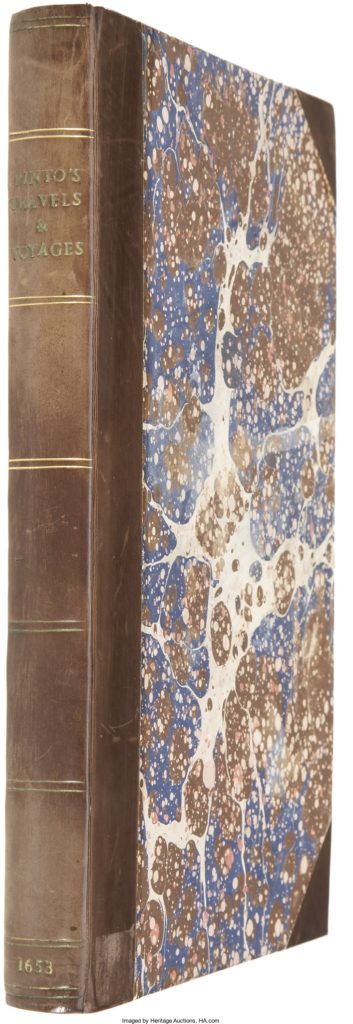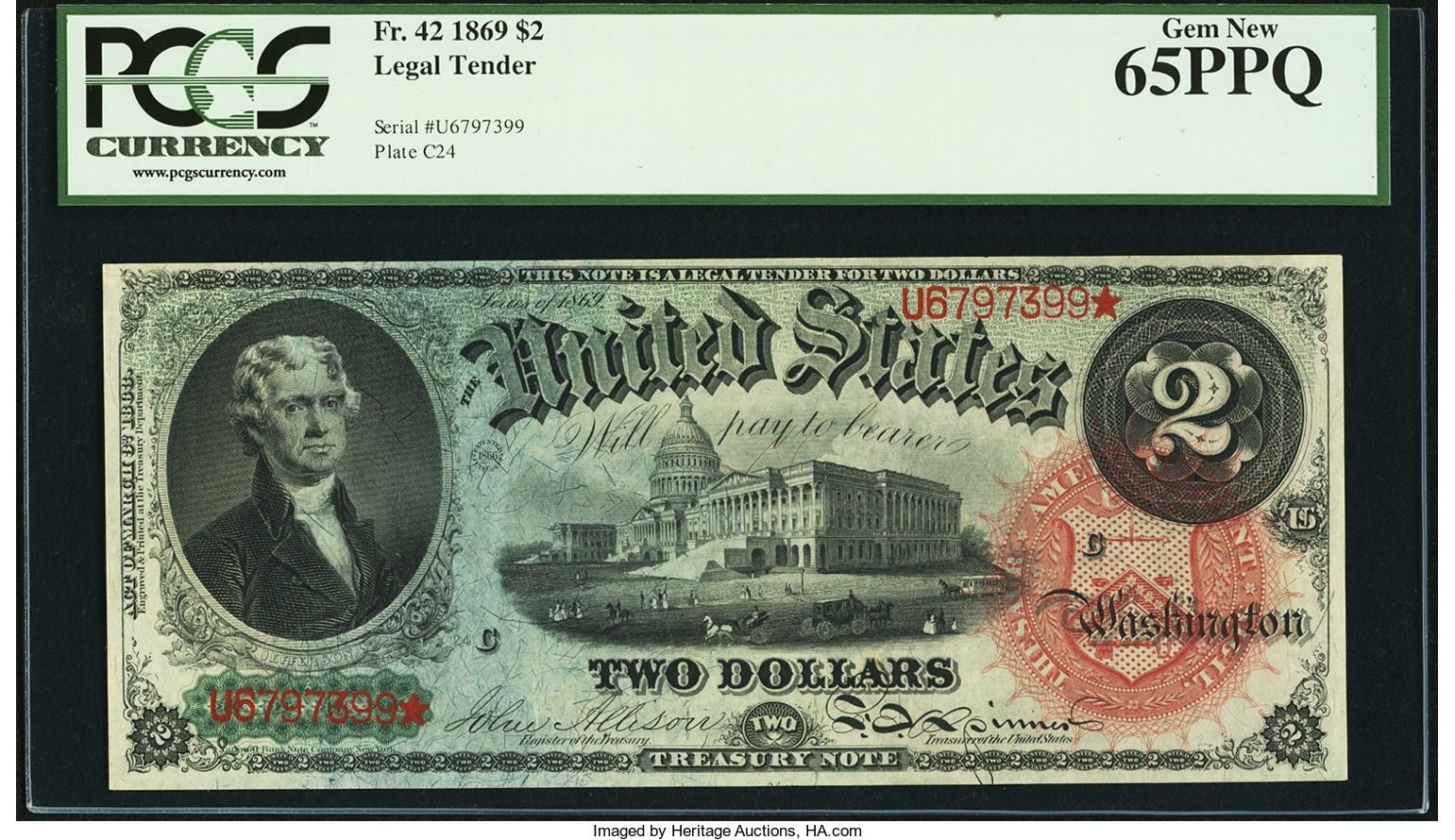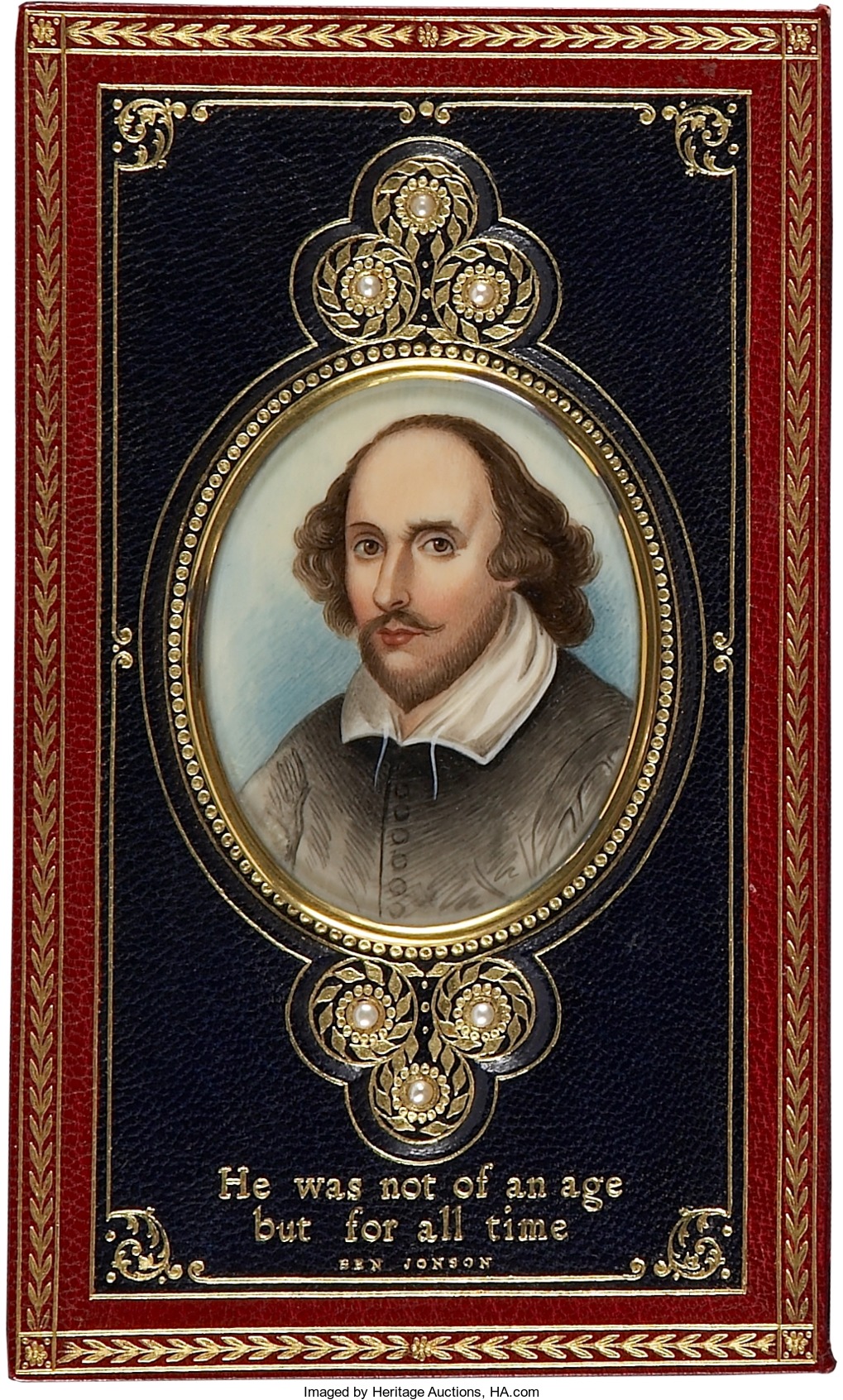
By Jim O’Neal
After Columbus’ failed attempt(s) to find a new route to the Spice Islands, Vasco da Gama in 1497 (sailing for Portugal) decided to try a route around the bottom of Africa, despite winds and currents that prevented ships from simply following the coast line.
This route forced da Gama far out into the Atlantic Ocean and his ships were out of sight of land for as long as three months. Europeans had never sailed this far before and their first discovery was scurvy!
Two other bad side effects were the spread of syphilis to Asia (five years after Columbus’ crew apparently introduced it to Europe) and Gama’s infliction of extreme violence. Everywhere he sailed, he abused or slaughtered the people he encountered to the point where the whole Age of Discovery was marred by brutish violence.
Vasco da Gama never got to the Spice Islands. Like others, he thought the East Indies were just a little east of India, when in fact they were way beyond India. However, he was the first European to reach India by sea, thereby linking Europe and Asia for the first time by an ocean route.
Da Gama’s discovery was significant and paved the way for the Portuguese to establish a long-lasting colonial empire in Asia. It would take another century before England, France and the Netherlands could break this monopoly, but when they did, it opened an entirely new era of European imperialism in the East.
Spices never had the allure of gold and silver or the commercial potential of tobacco, indigo or sugar. The English and Dutch both struggled for control of the Spice Islands, but spices gradually faded from European cuisine because of changing tastes and the plethora of new foods introduced from Mesoamerica.
However, their decline should not obscure their role as the primary basis for the first large-scale economic network and the driving force behind the first expansion of Europe.
 Intelligent Collector blogger JIM O’NEAL is an avid collector and history buff. He is President and CEO of Frito-Lay International [retired] and earlier served as Chairman and CEO of PepsiCo Restaurants International [KFC Pizza Hut and Taco Bell].
Intelligent Collector blogger JIM O’NEAL is an avid collector and history buff. He is President and CEO of Frito-Lay International [retired] and earlier served as Chairman and CEO of PepsiCo Restaurants International [KFC Pizza Hut and Taco Bell].



